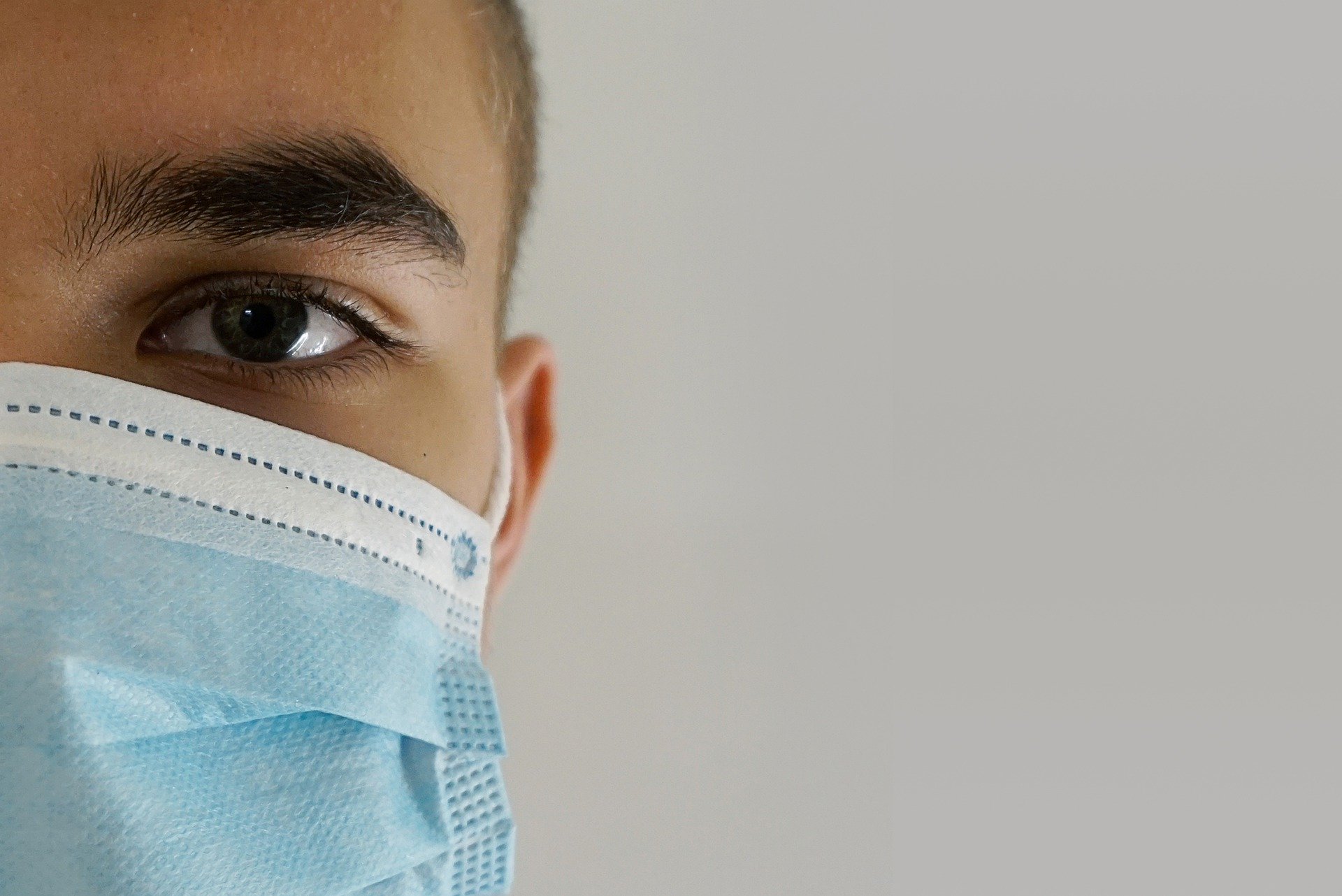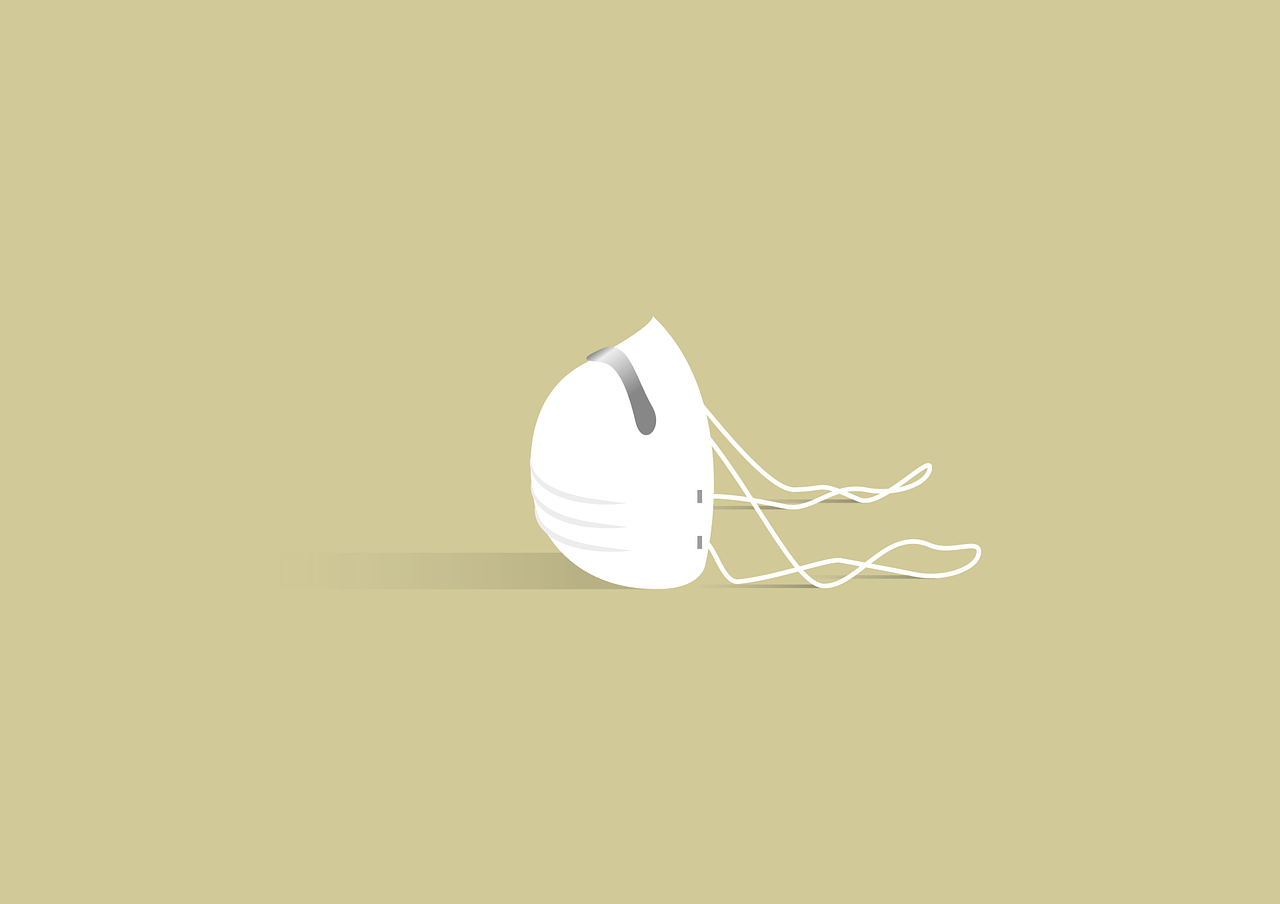If nothing else, the COVID-19 pandemic has shown how confusing the modern news cycle can be when it comes to learning about a developing situation. There’s been no shortage of misinformation floating around the Internet, myriad bogus conspiracy theories and falsehoods. It’s made following the actual facts that much more difficult.
Face masks present perhaps the clearest example of this. When the pandemic first broke, most health professionals maintained that face masks weren’t particularly effective at stopping the virus’s spread. However, as things continued to develop, the World Health Organization, the Center for Disease Control, and many others changed their tune.
Nordstrom, Nike, BlueCotton, Senreve, and Reformation are just a few of the companies that are helping to create and donate masks to those in need during this time.
It’s now generally accepted that masks play at least some role in limiting the spread of the coronavirus. At the same time, it’s also generally recommended that those of us who aren’t frontline workers should avoid purchasing medical masks. Those should be saved for healthcare professionals, and the rest of us should rely on homemade ones.
With that in mind, I’m going to go over a bit of advice on what an effective homemade mask looks like, and what you should and should not do when creating yours.

Do: Ensure Your Mask Is Properly Fitted
In order for your mask to be effective, it must be molded more or less perfectly to your face. It should fit snugly, covering both your mouth and nose without any gaps. It should be securely anchored to your head and the sides of your face in such a way that it does not cause excessive chafing or discomfort.
Don’t: Share Your Mask With Anyone Else
If you’ve made your mask right, it’s intended for your face and your face alone. Even if it does fit someone else, it likely won’t provide the same level of protection for them as it would for you. More importantly, sharing something as personal as a face mask represents a considerable health risk.
Do: Use The Right Materials
Not all mask materials are created equal. Ideally, you’ll want to use two layers of high thread-count cotton, potentially with an air filter between the two layers. As noted by the New York Times, cotton quilting fabric rivals the efficiency of surgical filtration masks. If you don’t have any quilting fabric available, you could also use flannel in a pinch.
Don’t: Assume A Mask Is The Only Protection You Need
If there’s one thing every expert’s advice has in common, it’s that masks are only part of the equation when it comes to mitigating the COVID-19 pandemic. They are no substitute for general best practices such as regular hand washing and social distancing. Moreover, a mask is more to prevent you from infecting someone else, in the event that you are asymptomatic.
A mask, in other words, doesn’t make you invulnerable.
Do: Wash Your Hands Before Donning Your Mask
Given that your mask is intended to help reduce the chances of infection, it follows that you’ll want to keep it as clean as possible. That includes thoroughly washing your hands before each use. Otherwise, you might inadvertently introduce COVID-19 (or any of a wide range of other viruses or bacteria) to the fabrics which will be in close contact with your face while you’re out in public.
Speaking of which, avoid touching your mask while you’re out for the same reason.
Don’t: Forget to Clean Your Mask Regularly
Last but not least, a big benefit of homemade masks is that they’re (usually) machine washable. Take advantage of that fact. Wash your mask between each use, in order to keep it as clean as possible.
Although it appears as though the coronavirus is getting less severe, we shouldn’t let our guards down. The circumstances around this pandemic are fast-developing and ever-changing. There’s no telling whether or not you might need a mask tomorrow, so ultimately, it’s better to be safe than sorry.


